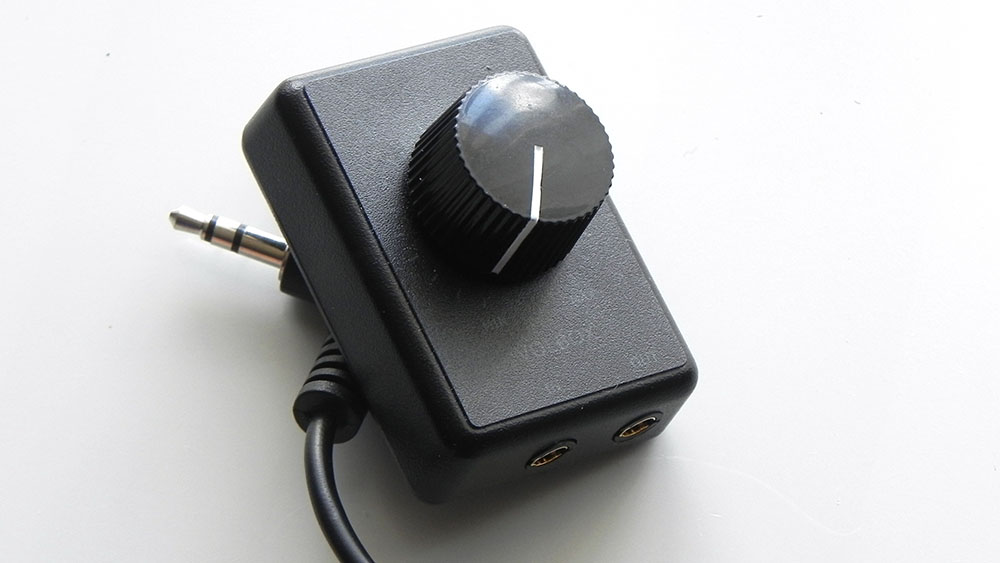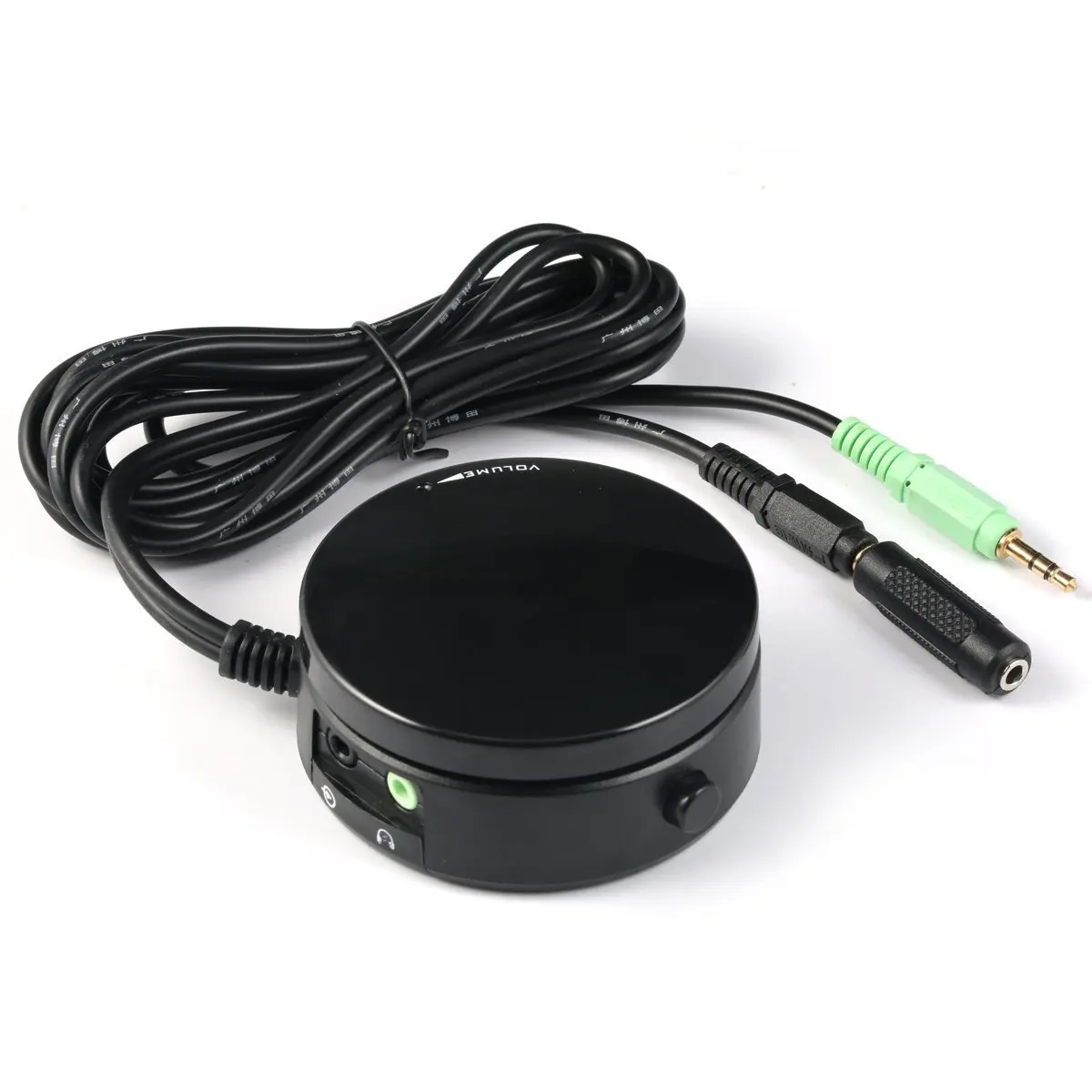

However, perceived loudness varies approximately as the logarithm of the power of the audio signal, as shown on the right side of the preceding diagram. The label V FS on the vertical axis represents the full-scale DAC output voltage. On the left side of the preceding diagram, the output voltage level of the audio digital-to-analog converter (DAC) increases linearly as the volume slider moves from its minimum position (labeled Min) to its maximum position (labeled Max). The following diagram shows the mapping of slider position to output voltage and to perceived loudness for a linear-tapered volume control. The relationship can, in effect, be linear tapered or audio tapered. Similarly, a Windows application that displays a volume slider defines a relationship between the slider position and the output signal level at the speakers. The relationship between the wiper position and loudness is nonlinear. As a result, the voltage at the speakers varies linearly with the wiper position. In contrast, a resistive element with a linear taper has a uniform width over the potentiometer wiper's range of movement. The relationship between the wiper position and the voltage at the speakers is nonlinear. The tapering is designed to produce an approximately linear relationship between the position of the potentiometer wiper and the perceived loudness at the speakers. The potentiometer controls the voltage level of the audio signal that the device plays through its speakers. An audio-tapered resistive element is widest at the zero-volume position and narrowest at the maximum-volume position. The term audio taper originally referred to the tapered shape of the resistive element in a potentiometer that is used as a volume control in an audio electronics device. Perceived loudness varies approximately linearly with the logarithm of the audio signal power. For a particular travel distance, the amount by which the perceived loudness increases or decreases is approximately the same regardless of whether the slider movement occurs in the lower, upper, or middle portion of the slider's range of movement.

For a volume slider that is tied to an audio-tapered volume control, each change in the position of the slider produces a change in perceived loudness that is proportional to the distance traveled by the slider. These controls are well suited to Windows applications that display volume sliders. The IAudioEndpointVolume interface manages volume controls that are audio tapered.


 0 kommentar(er)
0 kommentar(er)
